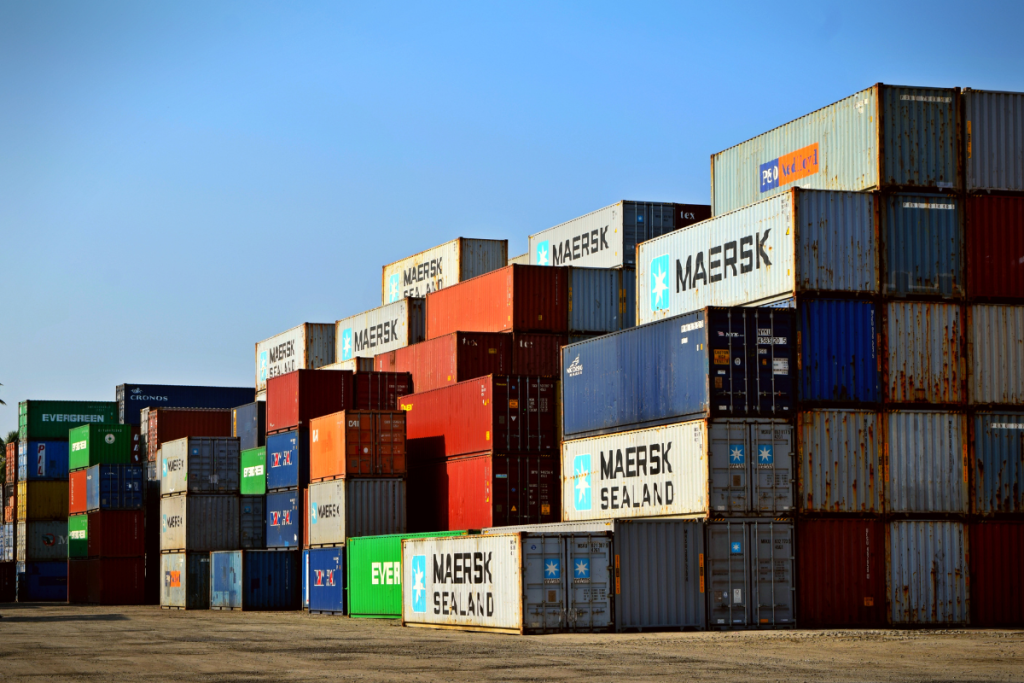The role of the Chief Supply Chain Officer is expanding far beyond logistics execution. At Gartner’s 2025 Supply Chain Symposium, analysts outlined a future where CSCOs will no longer be measured solely by cost control or operational efficiency, but by their ability to orchestrate cross-functional outcomes that shape customer satisfaction, brand trust, and revenue growth. With AI poised to handle a growing share of day-to-day decisions, the CSCO’s focus is shifting toward governance, risk intelligence, and scenario planning.
AI, Customers, and the New Supply Chain Mandate
The modern CSCO isn’t just running a supply chain, they’re helping run the business. That was the message from Gartner’s Tom Enright at this year’s Supply Chain Symposium/Xpo in Orlando, where future-facing predictions landed squarely on one point: the CSCO role is being redefined by technology, risk, and customer proximity.
By 2028, Gartner expects 15% of day-to-day supply chain decisions will be made autonomously by AI agents. Not in theory, but in production lines, fulfillment centers, and even customer service. And with that automation comes a shift in human focus – from execution to exception handling, from efficiency to judgment. The result is a supply chain that moves from the backend to the boardroom.
Enright emphasized that CSCOs must lean into AI and machine learning not as tools for margin squeezing, but as instruments of strategic foresight, supporting everything from inventory accuracy to demand prediction. But the most compelling transformation isn’t technical, it’s customer-centric. Gartner projects that supply chains will soon host “digital twins” of the customer, not just the factory or warehouse.
That means CSCOs will be asked to understand not only lead times and unit costs, but customer effort scores, satisfaction drivers, and loyalty loops. The long-standing division between supply chain and customer experience is blurring fast, and CSCOs will be expected to step across the line.
Ethics and Returns Gain Strategic Weight
The emerging CSCO remit isn’t all algorithms and AI. Gartner predicts that by 2030, 28 million people will be trapped in forced labor, with many of those cases buried deep in global supply chains. Enright made clear that CSCOs will be expected to surface and address these issues, not just to comply with legislation, but to uphold business ethics in a hyper-transparent world.
That shift brings tough decisions. Companies may need to pay more to suppliers who can certify ethical practices, even as cost pressures intensify. The CSCO, once a steward of savings, is fast becoming a steward of values.
Returns management is another underappreciated domain where the CSCO’s influence is set to grow. With e-commerce return rates hovering around 17% and forecasted to double in cost by 2030, Gartner warns that most firms are flying blind. Only 40% have a dedicated head of returns, despite rising consumer scrutiny and shrinking margins. Enright called for more serious investment in circular logistics, less about brand storytelling, and more about operational necessity.
He suggested supply chain leaders treat returns as failed sales. Subtracting them from sales data, he argued, could finally force commercial teams to pay attention to the operational feedback loop—where every returned item carries insight that’s currently going unused.
From Operator to Enterprise Integrator
As supply chains become embedded in decisions that affect customer satisfaction, ethical sourcing, and enterprise adaptability, the CSCO must operate with broader perspective and sharper judgment. The emphasis is no longer solely on efficiency or scale, but on the ability to interpret risk, align cross-functional priorities, and make responsible trade-offs.
This expanded remit calls for sustained investment in both systems and leadership capability. It also signals a necessary evolution in how supply chain functions are positioned—closer to strategic decision-making, and more central to business performance.





